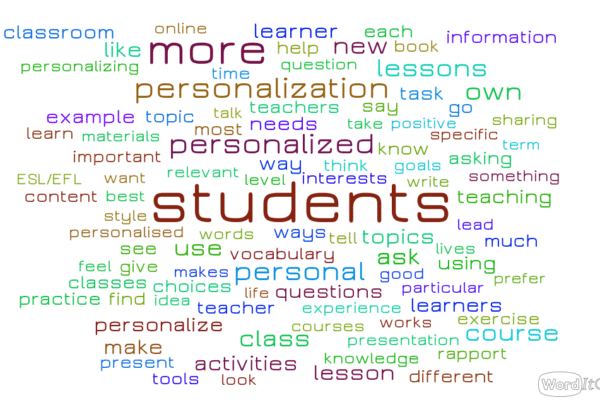Learning to Learn

This month’s post is about different ways of learning, or learning styles, as some authors put it. It’s also about why I believe they exist even when we totally ignore their existence. It is a controversial issue for many teachers, who have mixed feelings about it. Do Learning Styles really exist? Are they just a myth? Most authors would agree that there is very little evidence of their existence, but when it comes to teaching, authors firmly believe that there’s no ‘right’ or ‘wrong’ and that there are different paths we can take towards learning. That said, yes, learning styles exist if you believe they exist, and I dare say they exist even if you don’t believe they do. What’s more, they are standing right before your eyes and they’re so obvious that you don’t perceive them . Here ‘s why many teachers don’t perceive them:
In many EFL/ESL contexts, learning involves developing different skills: listening, speaking, writing, reading, and socializing in a foreign/second language, so students often get to do activities that suit their preferred learning styles. Likewise, many ELT materials present activities that cater for different styles; maybe many teachers fail to notice different learning styles because the authors have done all the thinking for them and this assumption is so embedded in the material that it’s too obvious for some teachers to see.
However, some teaching methods don’t contemplate all these skills or activities and students must fit one single mold: that of the teacher or the method. I’ve been there, done that. When I was younger, I used a method that didn’t allow my students to read or write anything until they memorized short passages. Those who fit the mold stayed; those who didn’t failed.
This is not to say that the communicative approach — with its holistic view of learners, does not have its shortcomings. Once an adult student complained about my classes because she had to work in groups. “I don’t need it, ” she said. “I’d rather work on my own. Other people distract me and I just can’t learn this way.”

Here is another way of looking at Learning Styles: Just picture one of your classes. Take a close look at your students. Observe them as you explain a grammar point. Pay attention to how they’re sitting. Are they leaning on their chairs? Are they tense? Do you wonder why some are taking notes and some are fidgeting while others are sitting still? Can you spot the ones that are struggling with spoken words more than others? Get to know about your students and you’ll soon realize they pay attention in different ways, that is, they have different learning styles:
Here are seven examples of learning styles: analytic vs. global; rule users vs. data gatherers; group oriented vs. solitary learners; extroverts vs. introverts; verbal vs. visual; passive vs. active.
One might wonder if it’s possible to fit these molds if we’re unique beings. Well, as learners, we’re unique in the sense that we have different combinations of learning styles that add a special flavor to our behavior as learners. No math equation can possibly account for our uniqueness and individual needs, but we can look for patterns in human behavior and preferences. In a way, the so called learning styles help us design our classes and materials in ways that make learning easier for different students.
As Marjorie Rosenberg puts it in her inspiring webinar for IATEFL Young Learners & Teenagers SIG, we shouldn’t compare Learning Styles to pigeonholes or molds. Finding out how students learn best is one of our goals to turn their learning experiences into moments of discovery and awareness in order for them to become independent learners. Marjorie also talks about ‘stretching’ their learning experiences and exploring other ways of learning for them to make their own decisions and achieve a sense of ownership.
Not complicated at all, is it? So why not take a moment to observe your students and try out activities designed for different learning styles? Let them decide whether they want to take notes or work in groups. Whether you give out questionnaires to find out more about your students or whether you just observe how learners react to certain tasks, give them opportunities to discover what works for them. It won’t hurt a bit and both you and your students will be glad you did it.
Here’s the link to Marjorie Rosenberg’s recorded webinar. Marjorie also shares some great, fun activities that foster deep thinking for different learning styles.
https://iateflyltsig.wiziq.com/online-class/2144602-ylt-webinars-teaching-to-learners-of-all-styles






